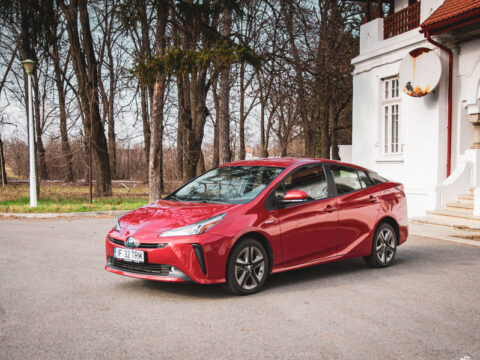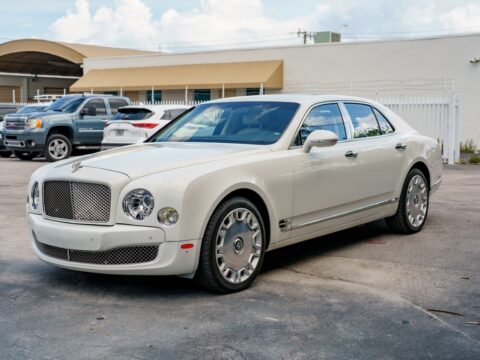Electric vehicles were making headlines in the early 2000s, with many models promising to change the future of transportation. However, not all of them lived up to the hype. Despite the excitement and innovation, several early electric cars couldn’t keep pace with advancements, consumer expectations, or market demands. Here’s a look at 18 electric cars from that era that failed to leave a lasting impact.
Contents
General Motors EV1
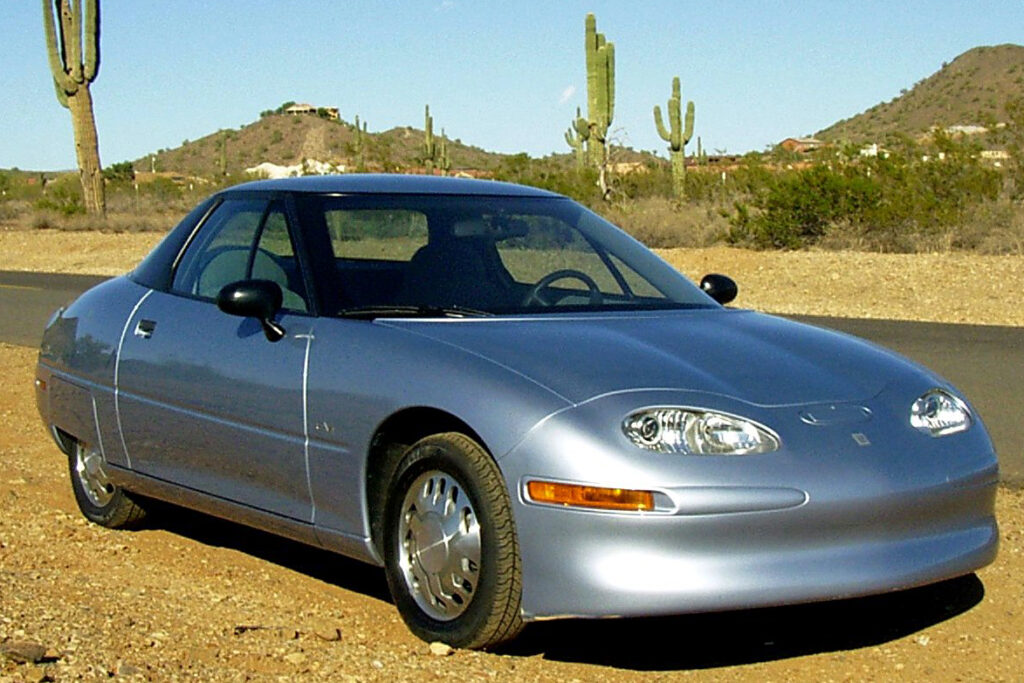
The GM EV1 was a pioneer in the electric vehicle market, released in the late 90s and discontinued in 2002. Despite its innovative design and impressive range for the time, it suffered from high production costs and limited charging infrastructure. GM ultimately recalled and crushed most units, making the EV1 a symbol of missed potential in the electric vehicle revolution.
Ford Ranger EV
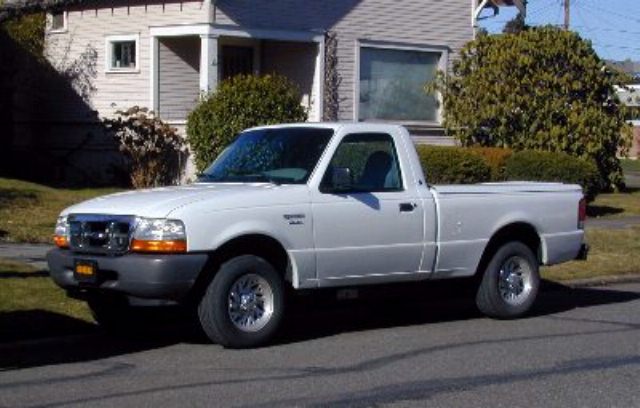
The Ford Ranger EV was based on the popular Ford Ranger truck but failed to gain traction. Limited by a relatively short driving range (about 65 miles) and a high price, it couldn’t compete with gasoline-powered trucks. Its battery technology lagged behind, and it was discontinued in 2002 after a brief production run.
Toyota RAV4 EV (1st Gen)
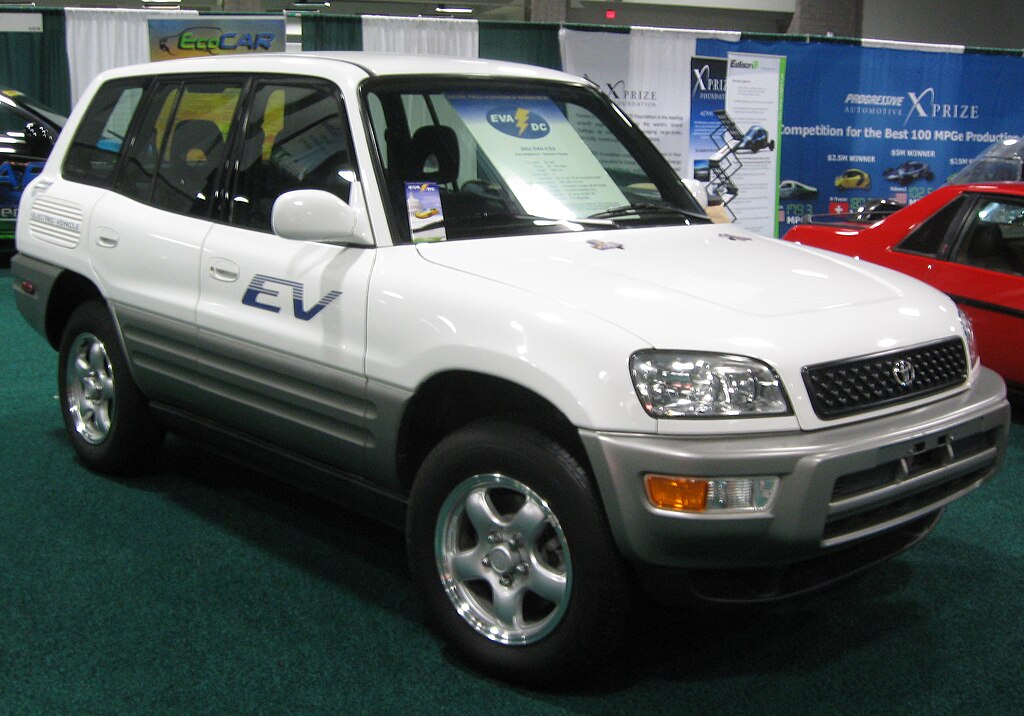
Toyota’s first-gen RAV4 EV launched in 1997 and was available until 2003. It featured a range of about 100 miles but was costly and only sold in limited numbers. The vehicle was primarily leased, and when the leases ended, most were taken off the market. While it was a solid concept, the market wasn’t ready for electric SUVs at the time.
Honda EV Plus
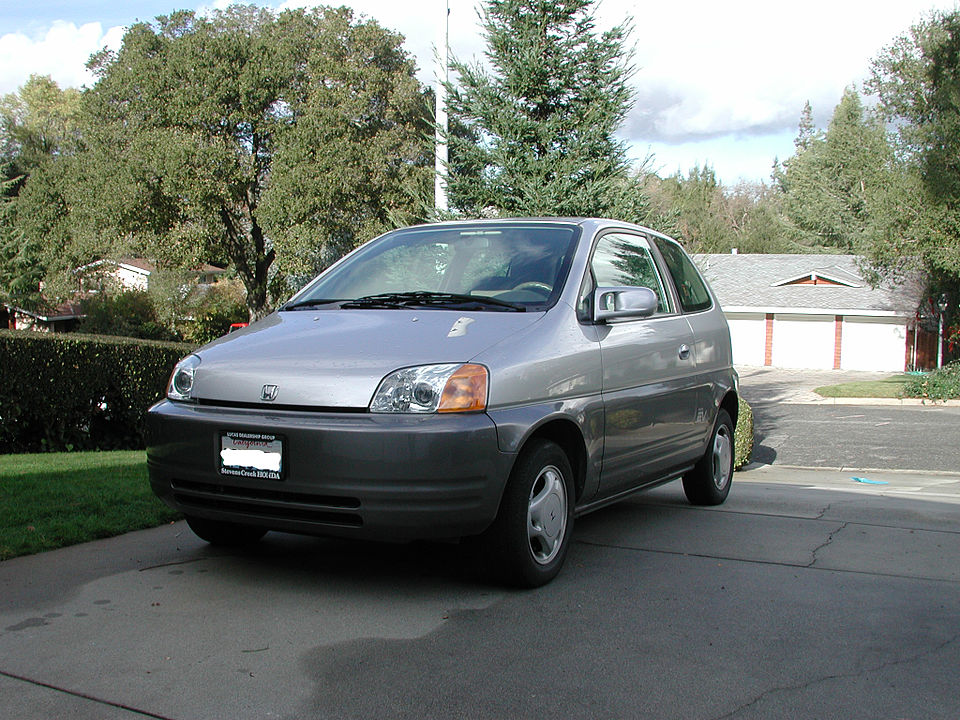
Honda’s EV Plus debuted in 1997, targeting California’s zero-emission mandate. Despite its advanced nickel-metal hydride batteries, it had a short range of 80 to 100 miles and steep pricing. Its high production costs, paired with limited infrastructure, made it unsustainable for mass adoption, and it was discontinued in 2002.
Chevrolet S-10 EV
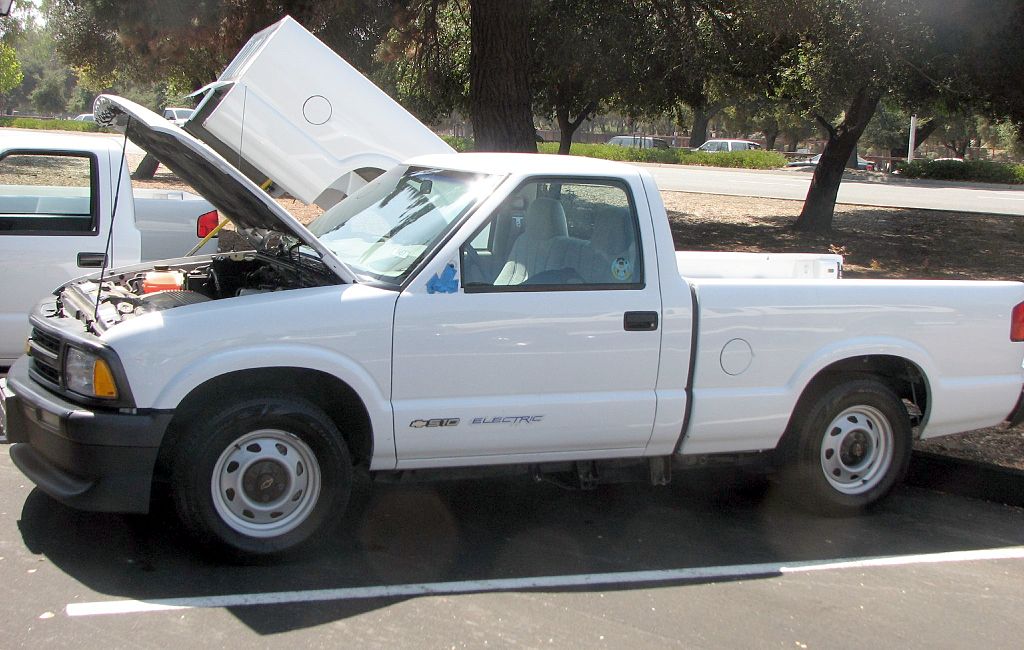
The Chevy S-10 EV was a small electric pickup truck, part of GM’s early forays into the electric vehicle market. It had a limited range of around 60 miles, and like many other early electric models, it was plagued by high costs and a lack of consumer interest. It was mostly sold to fleets and was discontinued shortly after its launch.
Fiat Panda Elettra

The Fiat Panda Elettra, an electric version of the popular Panda, was introduced in the 1990s but continued into the early 2000s. Its limited range (about 62 miles) and performance issues, combined with its small size, made it an impractical choice for most consumers, leading to low sales and its eventual discontinuation.
Citroën Berlingo Electrique
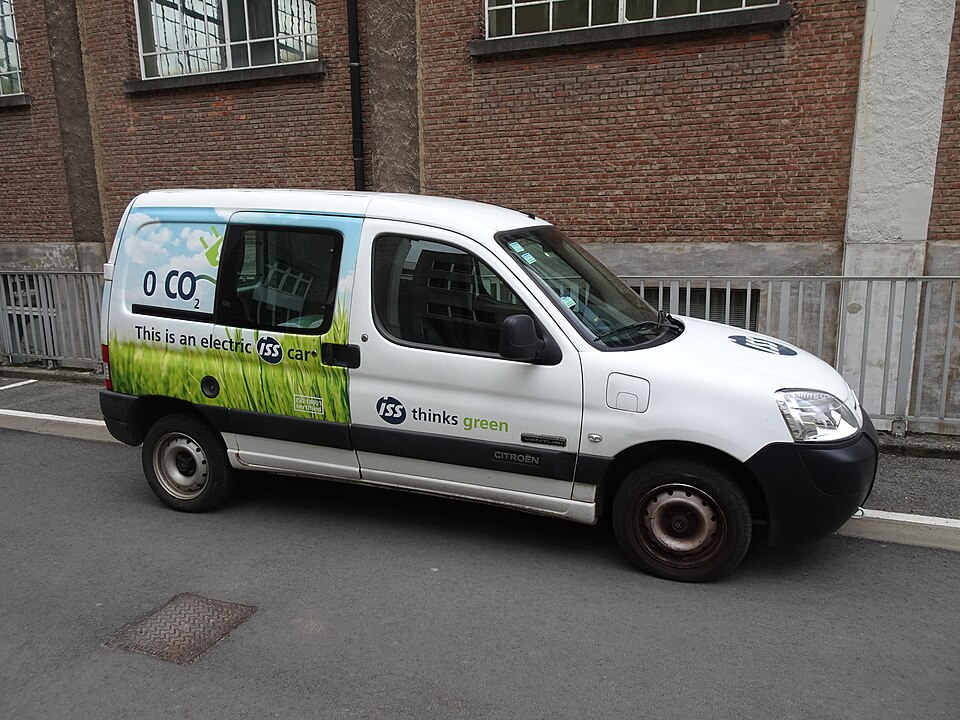
Citroën’s Berlingo Electrique, available in the early 2000s, was aimed at the commercial market. It had a modest range of about 60 miles and offered practicality for short trips, but it was too slow to gain significant interest. Its high cost and limited range made it unsuitable for most businesses, and it faded from the market.
Peugeot 106 Electric

The Peugeot 106 Electric, introduced in the late 90s and sold until 2003, offered a range of around 60 miles. Like many early EVs, it was mostly sold in France under government programs. While it had some success as a city car, its limited range and high cost prevented it from being a widespread consumer hit.
Think City
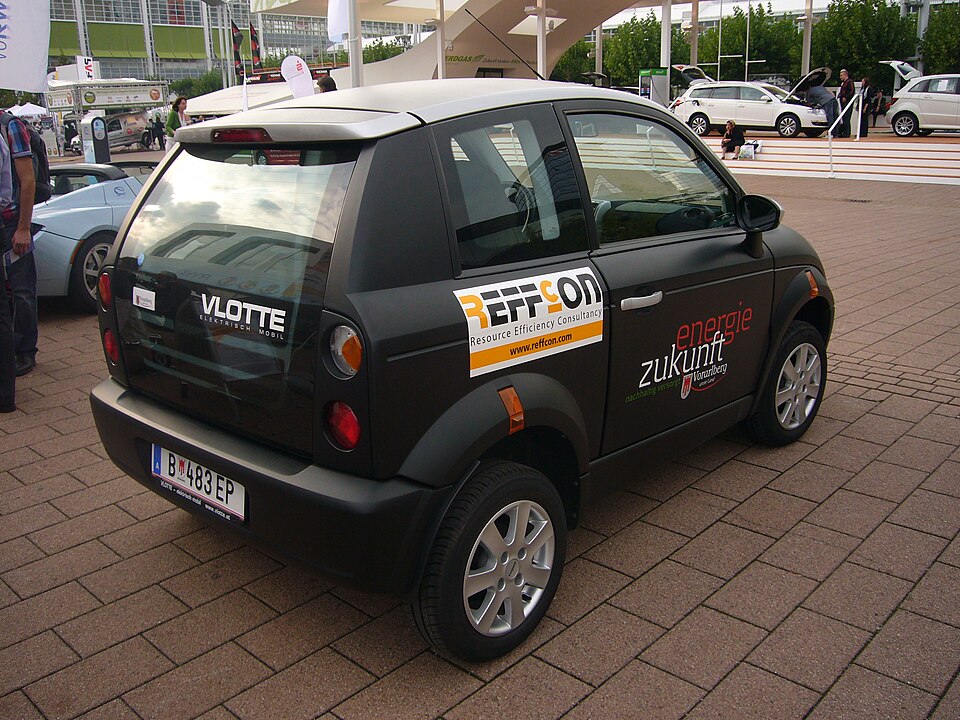
The Think City was a small, Norwegian-made electric car that launched in 2000. With a range of about 100 miles, it initially looked promising. However, production issues and a lack of widespread appeal meant it never gained significant traction in the market, despite being one of the few city-friendly EVs of the time.
G-Wiz (REVA)

The G-Wiz, also known as the REVA, was an ultra-compact electric vehicle that saw some popularity in urban areas. Despite its affordable price, it was often criticized for poor safety standards, limited range (about 50 miles), and sluggish performance. It became a symbol of the limitations of early electric cars.
Mitsubishi i-MiEV
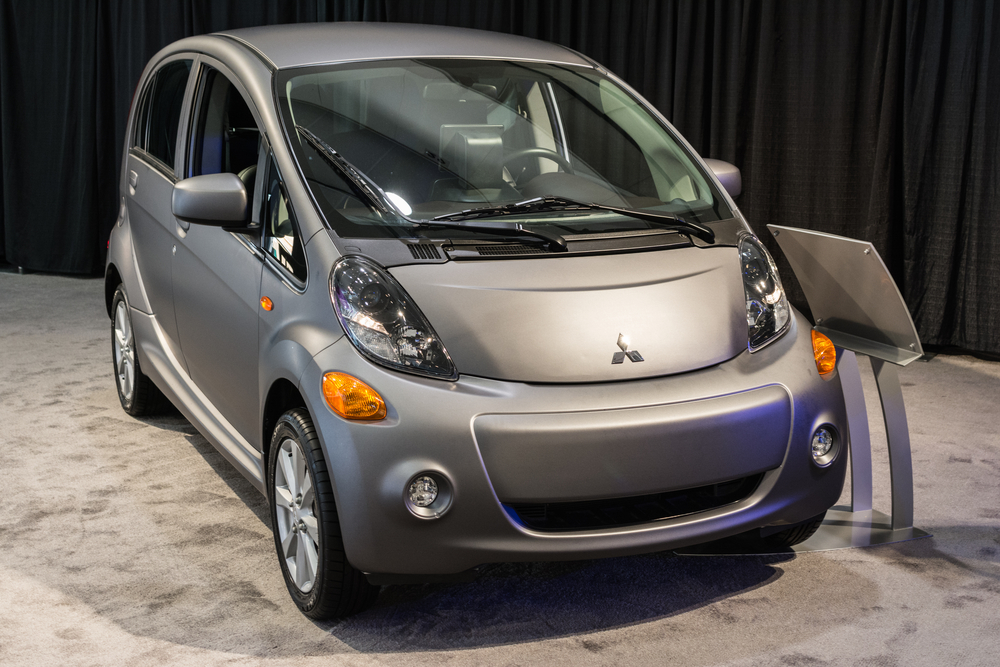
The Mitsubishi i-MiEV was introduced in 2009 as one of the earliest mass-produced electric vehicles. However, it struggled with a limited range of 62 miles and a lack of performance compared to rivals. High costs and a lack of charging infrastructure hindered its popularity, and it couldn’t keep up with the competition.
ZAP Xebra
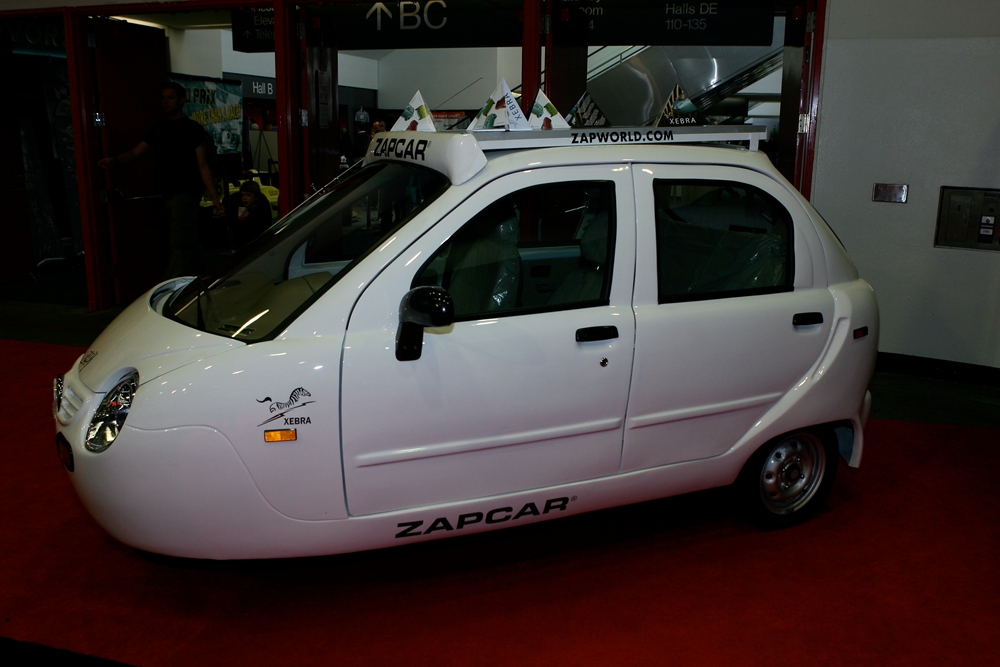
The ZAP Xebra was a three-wheeled electric vehicle launched in the mid-2000s. It was quirky and cheap but had severe performance limitations, such as a range of just 40 miles and poor handling. Its unconventional design didn’t appeal to mainstream consumers, and it was discontinued due to safety concerns.
Phoenix Motorcars SUT
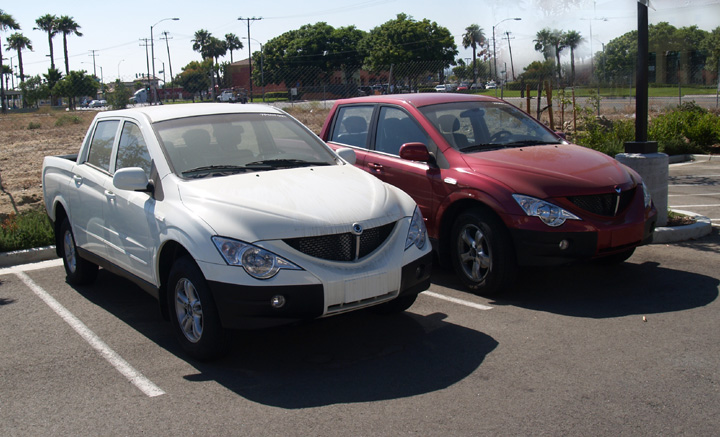
The Phoenix Motorcars SUT was an electric sport utility truck designed for fleet use. Launched in 2007, it had a range of about 100 miles, but high costs and production delays meant it never reached mass production. The company behind it struggled financially, and the truck couldn’t keep up with newer competitors.
Miles Electric Vehicles ZX40

The Miles ZX40 was a small electric vehicle aimed at urban use. With a modest top speed of 25 mph and a range of about 40 miles, it was strictly a neighborhood vehicle. Its limited performance and lack of widespread appeal meant it failed to capture consumer interest, fading from the market in a few years.
Hyundai BlueOn
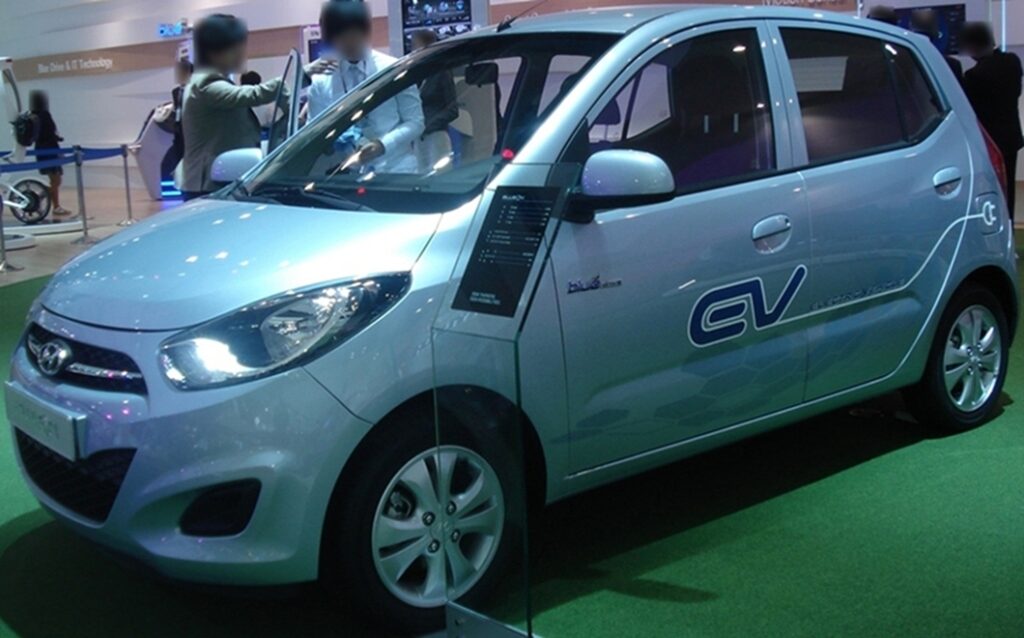
Hyundai’s BlueOn, introduced in 2009, was the company’s first electric vehicle. Although it had a range of about 87 miles, its limited production and high price kept it from reaching a broader market. It was primarily used for testing and never made it to mass production, overshadowed by more competitive EVs.
Corbin Sparrow
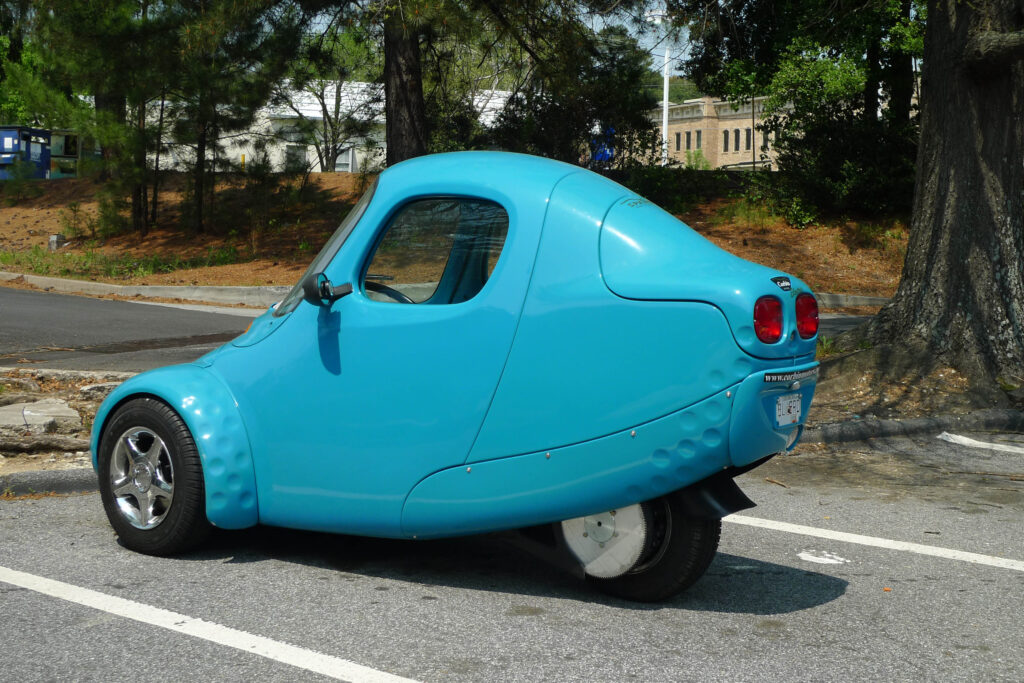
The Corbin Sparrow, launched in the early 2000s, was a single-seater electric vehicle with a unique, egg-shaped design. Despite its novelty, it had a limited range of about 30 miles, and its quirky appearance didn’t appeal to most drivers. It was discontinued due to financial issues and limited sales.
Venturi Fetish
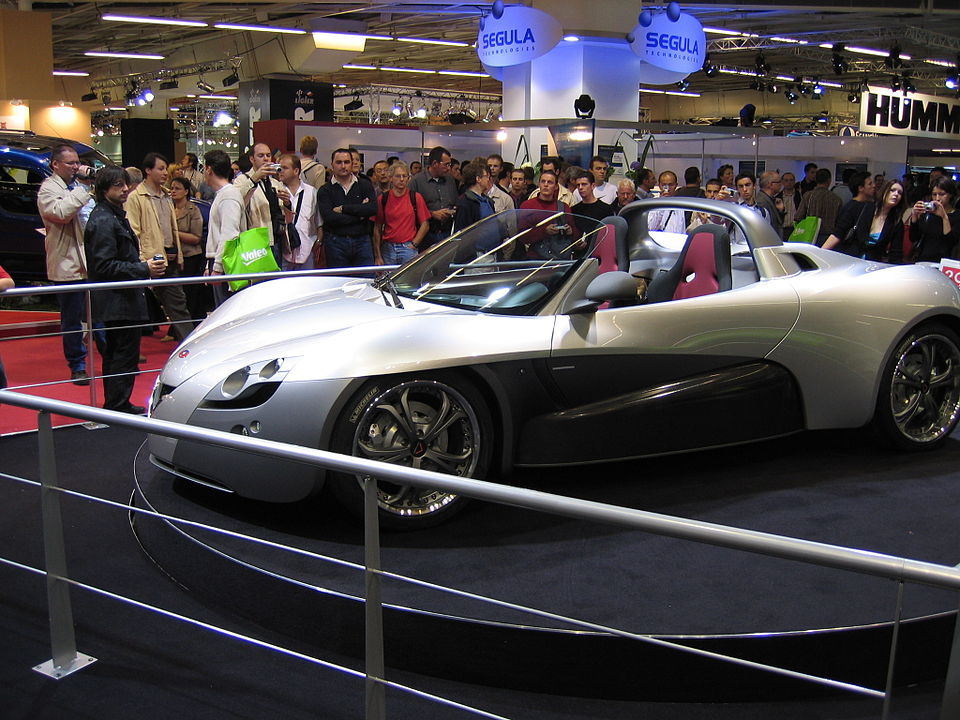
The Venturi Fetish was a luxury electric sports car launched in 2004. Despite its high-performance specs and futuristic design, it came with an enormous price tag and was limited to niche markets. Its limited range (about 200 miles) and high cost meant it was more of a statement than a practical EV.
Tesla Roadster (1st Gen)
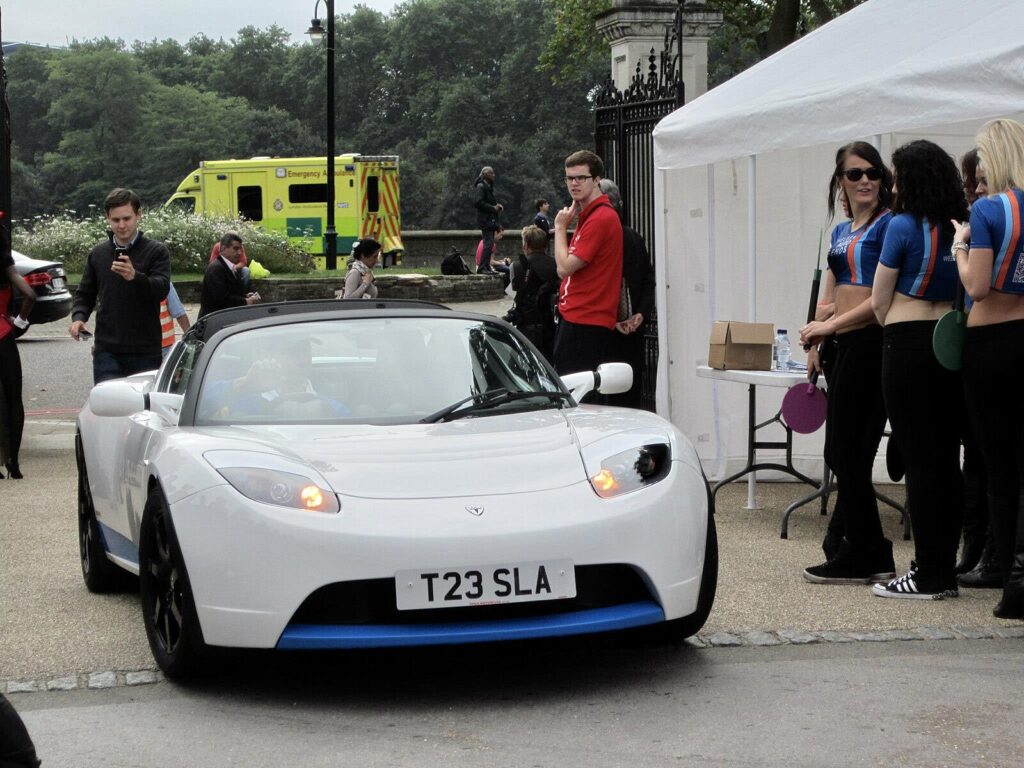
The first-gen Tesla Roadster was groundbreaking for its range of over 200 miles, but it came with significant limitations. Its high price and production issues limited its appeal. Although it laid the foundation for Tesla’s success, the early Roadster couldn’t keep up with the demands of the growing EV market.
This article originally appeared in MyCarMakesNoise.
More from MyCarMakesNoise
15 Misconceptions About Classic Cars You Shouldn’t Believe

Classic cars have a timeless appeal, capturing the imagination of enthusiasts and collectors alike. However, along with their charm comes a host of myths that often cloud the reality of owning, restoring, and driving these vintage beauties. Read More
13 High-End Cars That Only the Rich Can Drive Today

In 2024, the pinnacle of automotive luxury continues to push the boundaries of design, technology, and exclusivity. From ultra-luxurious sedans to electrifying supercars, the market offers a range of vehicles that epitomize opulence but are accessible only to the wealthiest. Read More
12 Essential Steps to Take Before Buying Your First Car

Buying your first car is an exciting milestone, filled with possibilities and the promise of new adventures. However, it’s also a significant financial decision that requires careful preparation. Read More

